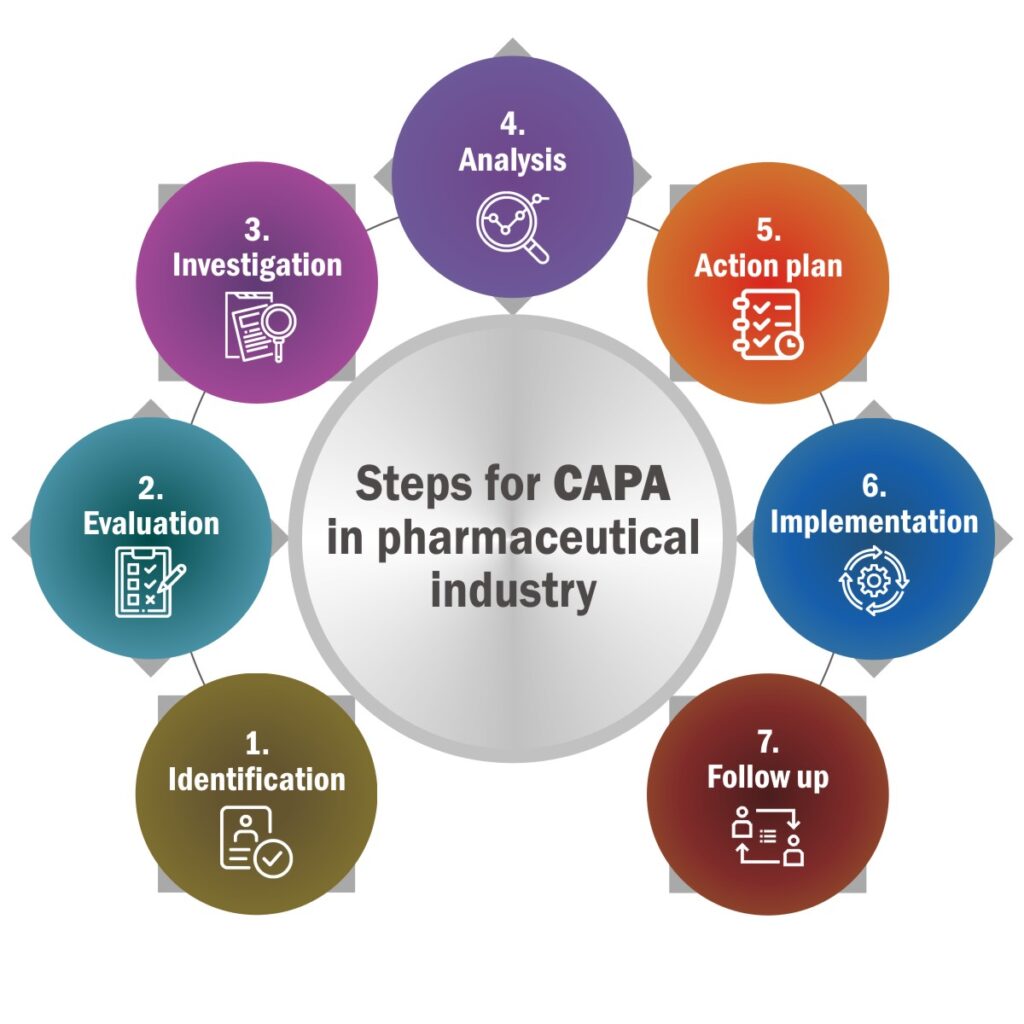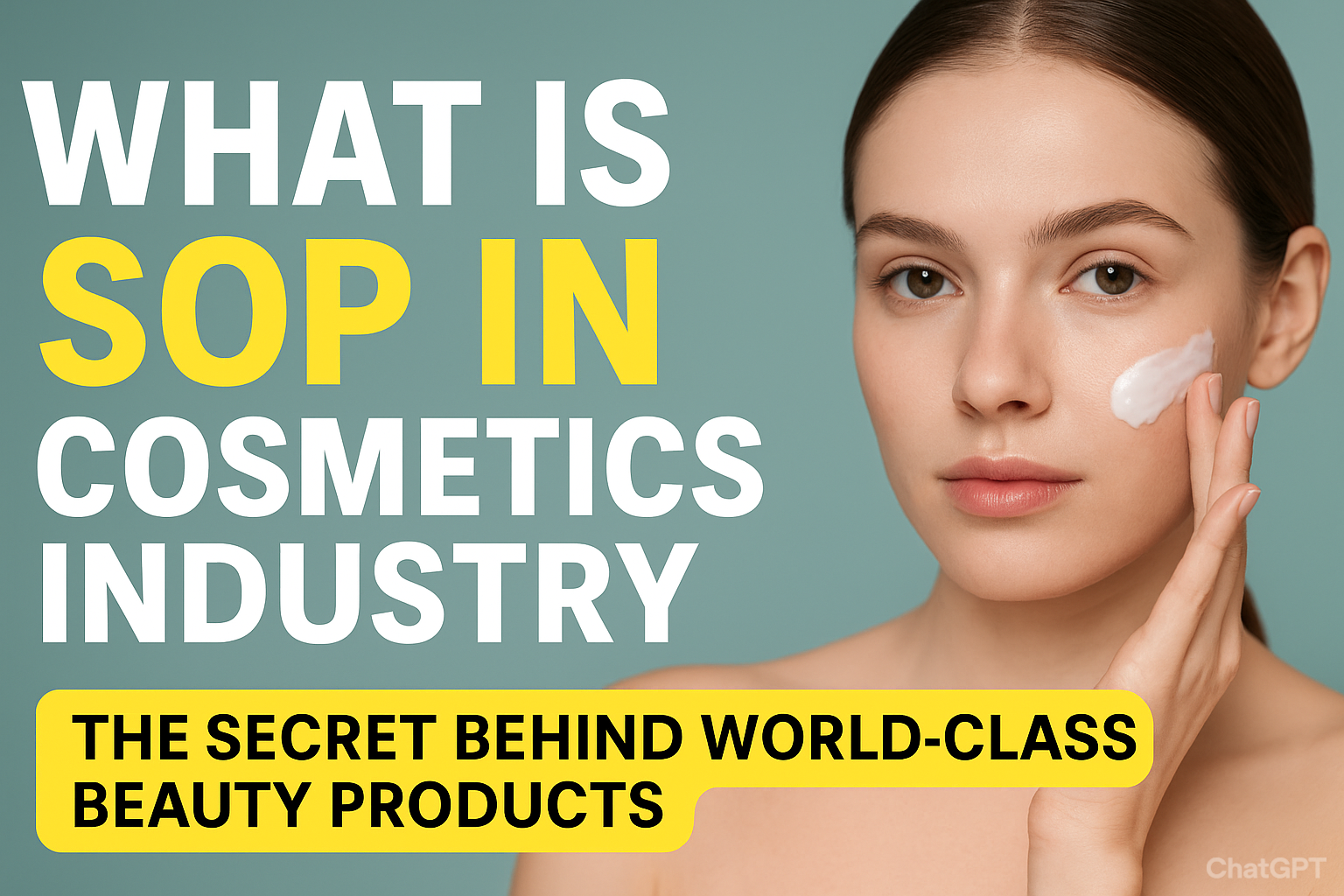In the cosmetics world, SOP stands for Standard Operating Procedure — a set of written instructions that ensures every product is made safely, consistently, and in compliance with regulations. Without SOPs, there would be chaos in manufacturing, leading to poor quality products, customer complaints, and even legal trouble.
In this blog, we’ll explore:
What SOP means in the cosmetic industry
Why it’s so important
How it works step-by-step
Examples of SOPs in action
Benefits for manufacturers, consumers, and regulators
https://cosmeticgyaan.com/%f0%9f%a7%b4-what-is-5s-in-the-cosmetics-industry/
What is SOP in Cosmetics Industry?
An SOP (Standard Operating Procedure) is a documented set of step-by-step instructions followed by manufacturing staff, quality control teams, and other departments to carry out processes in a uniform way.
For example:
SOP for making shampoo will define exact ingredient quantities, mixing times, temperatures, and safety checks.
SOP for filling lotion bottles will include machine settings, batch numbers, packaging quality checks, and hygiene requirements.
It’s not just a “guide” — it’s a mandatory operational bible in every GMP-compliant (Good Manufacturing Practice) cosmetic facility.
Why SOP is Important in the Cosmetics Industry.
1. Product Consistency
Customers expect the same fragrance, texture, and performance every time they buy a product. SOP ensures every batch is identical.
2. Compliance with Laws
Regulatory bodies like FDA (US), BIS (India), and EU Cosmetic Regulation require documented processes. SOPs help companies prove compliance during audits.
3. Safety for Consumers
Cosmetics are applied directly to the skin and hair. A slight mistake in formulation could cause irritation or allergies. SOPs minimize human error.
4. Efficient Training
New employees can be trained faster by following written SOPs instead of learning everything verbally.
5. Traceability
If a problem occurs, SOPs make it easier to trace the root cause — whether in raw materials, process steps, or packaging.
https://cosmeticgyaan.com/top-cosmetic-products-skincare-haircare-beauty-essentials-what-is-capa-in-the-cosmetics-industry/
Key Components of an SOP in the Cosmetic Industry
A well-written cosmetic industry SOP should include:
1. Title & Purpose – e.g., “SOP for Face Cream Manufacturing”
2. Scope – Defines which product lines or departments it applies to.
3. Responsibilities – Who will follow and monitor the SOP (manufacturing chemist, QC officer, etc.)
4. Materials & Equipment Needed – Ingredients, mixers, tanks, fillers, testing kits.
5. Procedure Steps – Step-by-step actions in simple language.
6. Safety Precautions – Handling chemicals, PPE (Personal Protective Equipment) guidelines.
7. Documentation & Records – Batch records, cleaning logs, QC test results.
8. Revision History – When and why changes were made to the SOP.
Types of SOPs in Cosmetic Manufacturing
SOP Type Purpose
Manufacturing SOP Covers step-by-step production, mixing, heating, cooling, and filling.
Quality Control SOP Describes testing methods for pH, viscosity, fragrance, and microbial safety.
Cleaning SOP Ensures hygiene of tanks, mixers, pipelines, and filling machines.
Safety SOP Guidelines for handling flammable or hazardous raw materials.
Packaging SOP Instructions for labeling, batch coding, sealing, and final inspection.
Storage SOP Describes how finished goods and raw materials should be stored to maintain quality.
Example: SOP for Shampoo Manufacturing (Simplified)
1. Preparation – Verify all raw materials are approved by QC.
2. Weighing – Measure ingredients as per formula sheet.
3. Mixing – Add water to the main tank, heat to 60°C, dissolve surfactants, add conditioning agents, then cool.
4. pH Adjustment – Check pH and adjust to 5.5–6.0.
5. Fragrance & Color – Add perfume and dye at below 40°C to prevent evaporation or fading.
6. Filtration – Remove lumps or particles.
7. Filling & Packing – Fill into bottles, label, and batch code.
8. Final QC – Approve batch for market release.
Benefits of SOP in Cosmetic Industry
✅ Reduces Errors – Clear instructions reduce guesswork.
✅ Improves Productivity – Saves time by eliminating confusion.
✅ Ensures Global Standards – Makes products export-ready.
✅ Boosts Brand Trust – Consistent quality leads to customer loyalty.
✅ Facilitates Audits – Regulatory inspections become smoother.
Challenges in Maintaining SOPs
Regular Updates Needed – Formulas, equipment, or laws change over time.
Employee Compliance – SOPs are useless if staff do not follow them strictly.
Documentation Overload – Large facilities have hundreds of SOPs; keeping them organized is a task.
Best Practices for Writing an Effective Cosmetic SOP
1. Use Simple Language – Avoid technical jargon unless necessary.
2. Include Photos or Flowcharts – Visuals improve understanding.
3. Test Before Approving – Run trial batches to ensure SOP works.
4. Train Employees Regularly – Refreshers ensure adherence.
5. Audit SOPs Annually – Keep them up-to-date with current regulations.
Conclusion
In the cosmetics industry, SOPs are more than just paperwork — they’re the foundation of product quality, safety, and brand reputation. Without them, even the most innovative beauty product can fail in the market.
If you’re planning to start a cosmetic manufacturing unit or work in one, mastering SOP creation and implementation is your ticket to success.
Remember: A beautiful product starts with a beautifully written SOP.




